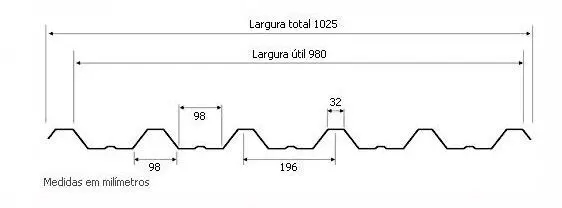Understanding Drywall Roll Forming Machines
In the world of construction and building materials, drywall has earned its place as a fundamental component for creating walls and ceilings. To meet the increasing demand for drywall products, industries have turned to advanced manufacturing technologies to optimize production efficiency. One such innovation is the drywall roll forming machine, which plays a crucial role in the mass production of drywall components. This article delves into the functionality, benefits, and significance of drywall roll forming machines within the construction sector.
What is a Drywall Roll Forming Machine?
A drywall roll forming machine is a specialized piece of equipment designed to produce metallic and sometimes composite drywall grid systems and components. It operates through a continuous process known as roll forming, where flat strips of metal are fed through a series of rollers that systematically shape the material into desired profiles. The result is a variety of drywall systems, including corner beads, track systems, and various framing components. These products are essential for the installation of gypsum board in residential, commercial, and industrial settings.
The Working Mechanism
The operability of a drywall roll forming machine is intricately designed to ensure precision and efficiency. The process typically begins with a coil of metal, which is unwound and fed through the machine. As the metal passes through the series of rollers, it is gradually shaped into the desired profiles. Each roller is specifically designed to create a particular part of the end product, ensuring that the dimensions and tolerances meet industry standards.
Adjustments can easily be made to accommodate different profiles and materials, allowing manufacturers to diversify their product lines. The final output is cut to specific lengths before being packaged for shipment or further processing. The efficiency of this method significantly reduces labor costs and production time, making it a preferred choice in modern manufacturing.
Advantages of Using Drywall Roll Forming Machines
1. Cost Efficiency Automated roll forming machines reduce the need for manual labor, thus lowering production costs. High-speed operations allow manufacturers to produce more components in less time, reducing overall expenses.

2. Consistency and Quality The precision engineering in roll forming contributes to uniformity in the production process. The end products boast high-quality standards, essential for construction applications, where safety and reliability are paramount.
3. Versatility These machines can produce a wide range of profiles and shapes, catering to various construction needs. Manufacturers can quickly adjust the machine settings to switch between products, facilitating diversification without the need for significant downtime.
4. Durability The metal products produced by drywall roll forming machines are often more durable than traditional materials. This durability translates to longer life spans for the installed products, enhancing overall building quality.
The Role in Modern Construction
As the construction industry continues to evolve, the need for rapid, efficient, and high-quality building materials becomes ever more pressing. Drywall roll forming machines not only meet these demands but also promote sustainability by reducing waste during the manufacturing process. Their ability to produce components on-site can significantly shorten project timelines and help meet tight construction deadlines.
Moreover, as the trend shifts towards prefabricated construction and modular building systems, the relevance of drywall roll forming machines is likely to increase further. They provide flexibility in manufacturing practices, which aligns well with the growing inclination towards efficient, sustainable building methods.
Conclusion
In conclusion, drywall roll forming machines are indispensable to the contemporary construction industry, optimizing production efficiency and supporting the demand for high-quality drywall products. Their ability to streamline manufacturing processes, coupled with their cost-saving advantages, positions them as a vital piece of technology in the arsenal of modern builders. As construction practices continue to innovate, the role of these machines will become increasingly critical in shaping the future of wall systems and interiors.